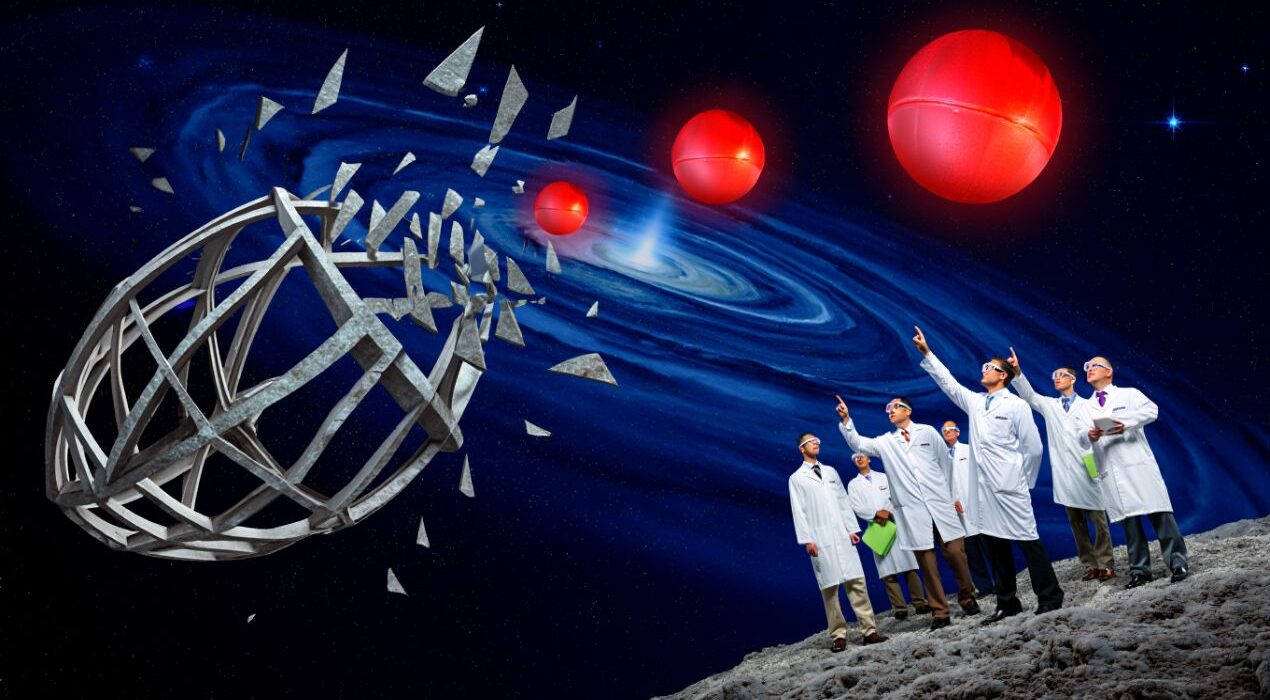Astronomers have uncovered puzzling red specks in the early universe that may not be galaxies at all, but a previously unknown kind of object: enormous spheres of hot gas powered by black holes. Dubbed “universe breakers,” these faint, red sources were first detected by NASA’s James Webb Space Telescope (JWST).
When first observed in 2022, scientists speculated that these “little red dots” might be surprisingly mature galaxies—perhaps comparable in development to the Milky Way—just 500 to 700 million years after the Big Bang. But subsequent analysis suggests a more exotic origin. In a paper published in Astronomy & Astrophysics, the team from Penn State and elsewhere proposes that the red dots are “black hole stars” — massive gas envelopes so dense they mimic the outer layers of ordinary stars, yet their energy comes not from fusion, but from intense material falling into a supermassive black hole at the core.
One of the objects, nicknamed The Cliff, stood out. Its spectrum revealed so much atmospheric gas that the galaxy interpretation no longer worked. As Joel Leja, a co-author, put it: “Basically, we looked at enough red dots until we saw one that had so much atmosphere that it couldn’t be explained as typical stars we’d expect from a galaxy.”
These “black hole star” contenders emit mostly in red optical and near-infrared wavelengths, much like cold, low-mass stars, because their outer layers are relatively cool compared to the fiery gas usually found near growing black holes. The researchers suggest that these objects may represent an early growth phase of supermassive black holes — turbocharged mass absorbers cloaked in gas — potentially rewriting models of how galaxies and black holes evolved soon after the Big Bang.
Key Phrase: Black hole stars
Meta Title: “Universe Breakers: Discovery of Black Hole Stars in the Early Universe”
Meta Description: “A study proposes that faint red objects from the early universe are powered by supermassive black holes inside huge gas envelopes, challenging galaxy formation models.”
“The Cliff & Other Red Dots: A New Kind of Black Hole in Our Early Universe?”






